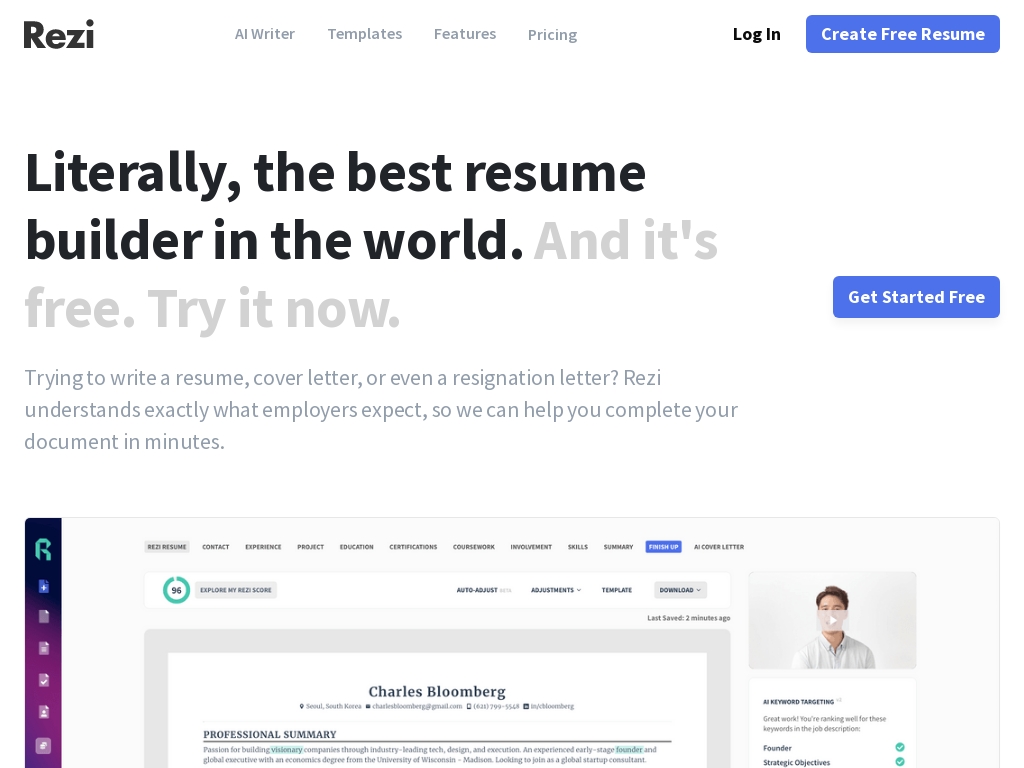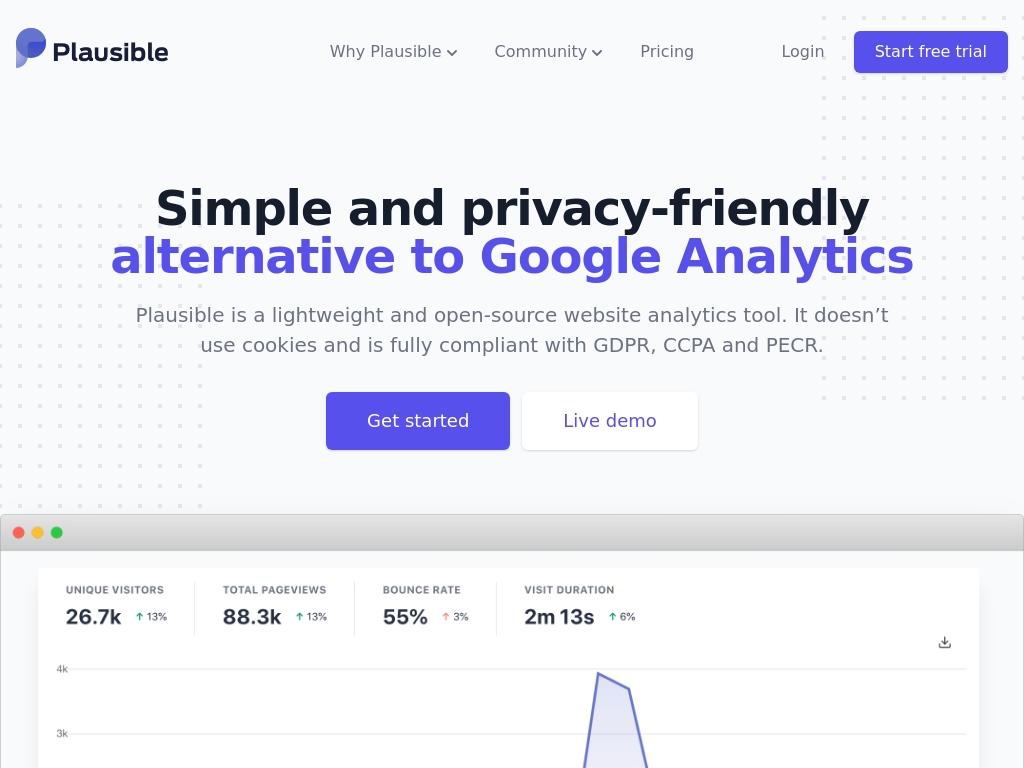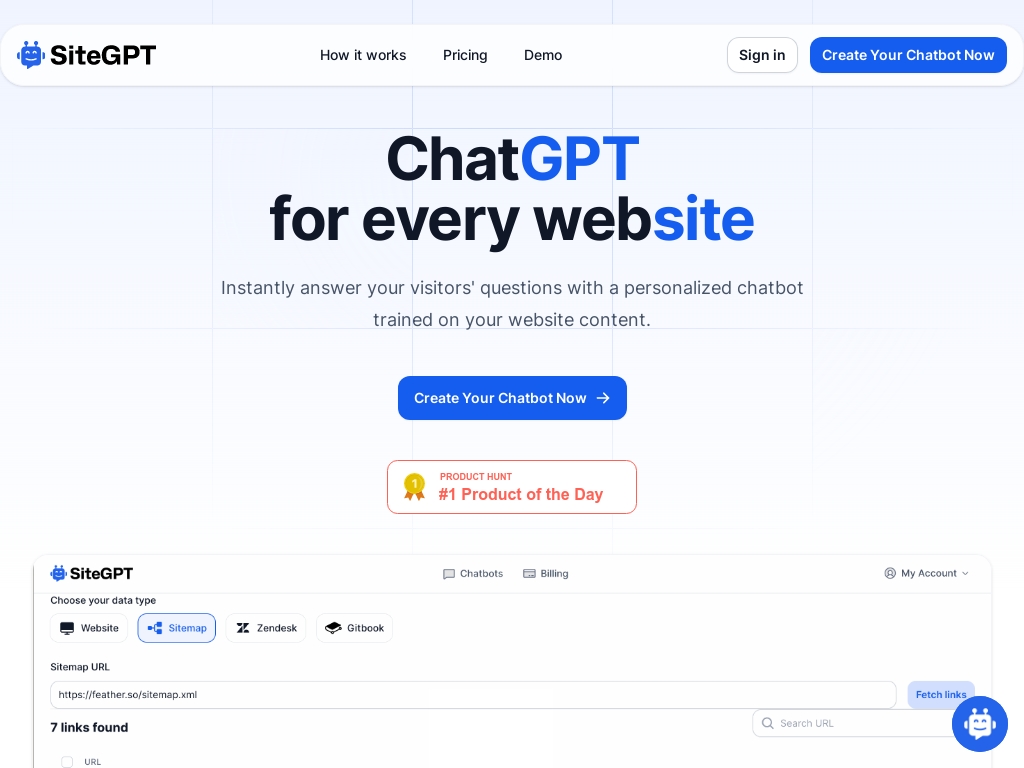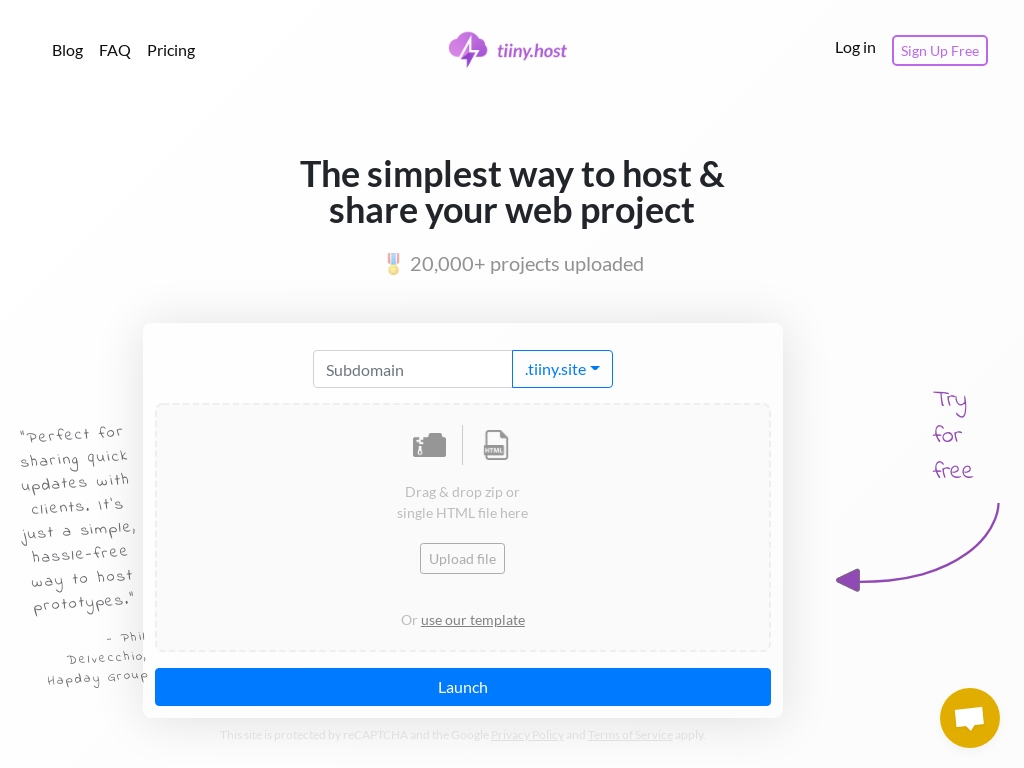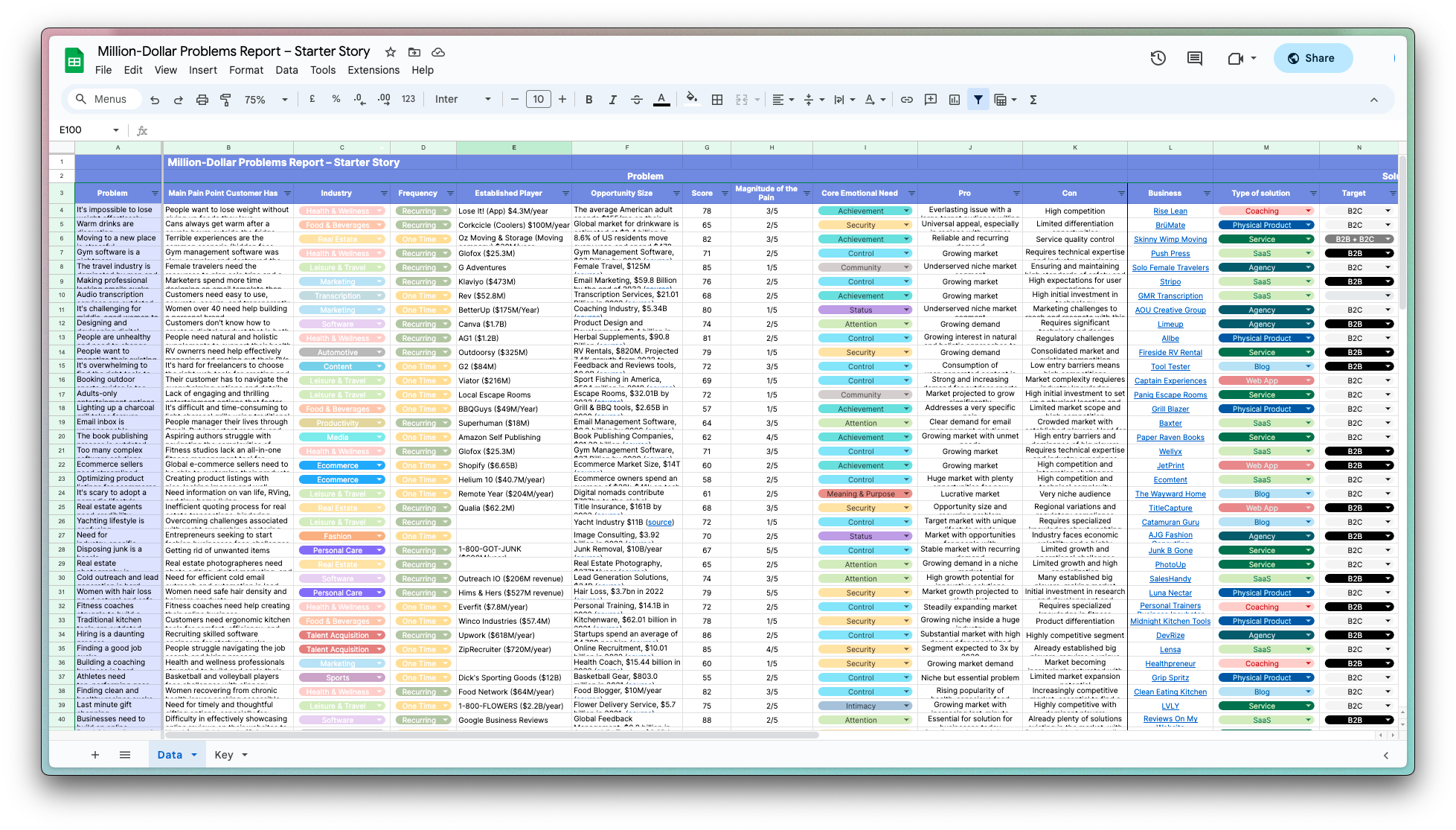
How a Bootstrapper Built a SaaS Boilerplate to $25K MRR
Who is Kyle Gawley?
Kyle Gawley is a solo entrepreneur from Northern Ireland who founded Gravity after a near-death experience shifted his focus from a high-stress, venture-backed startup to a more balanced, bootstrapped business model. Before starting Gravity, he studied at university where he co-founded his first venture-backed company, Get Invited.
What problem does Gravity solve?
Gravity helps software developers and startup founders avoid months of repetitive coding by providing a ready-to-use template with essential features like authentication and payment systems, so they can focus on creating unique product features without getting bogged down by the basics.

How did Kyle come up with the idea for Gravity?
Kyle Gawley's idea for Gravity emerged from personal necessity and a pivotal moment. While working on other software projects, Kyle needed a way to rapidly develop SaaS applications without repeatedly building common features like authentication and payment systems from scratch. This led him to create a basic boilerplate to streamline his own development process.
A conversation with a fellow developer in a co-working space became a turning point. The developer mentioned existing boilerplate solutions in other programming languages, which revealed to Kyle a potential market gap for a similar solution in JavaScript. This insight motivated him to present his prototype on IndieHackers, a community for entrepreneurs, where the positive response validated the demand for his product.
Throughout the process, Kyle focused on building a robust, trusted product. By listening to early feedback and observing competitors, he iteratively refined Gravity, solidifying its usefulness to fellow developers. His personal experience with burnout in a previous venture also taught him the importance of sustainable business growth, shaping his decision to keep Gravity bootstrapped and focused on solving real developer problems efficiently.
How did Kyle Gawley build the initial version of Gravity?
Kyle Gawley built Gravity by starting with a personal need for a SaaS boilerplate to expedite his own development processes. He developed the initial prototype in a relatively short period, focusing on essential components like authentication, Stripe integration, and user interface. The tech stack he used included Node.js for the backend and React for the frontend, ensuring the boilerplate could be easily adapted to create complete SaaS applications. The development was challenging, as it involved creating a product that had to be robust and flexible enough for a wide range of developers. Despite initial doubts about whether developers would purchase something they could potentially build themselves, Kyle discovered that the product's utility and time-saving benefits made it appealing, leading to unexpected sales and continuous iterations based on customer feedback and needs.
What was the growth strategy for Gravity and how did they scale?
Indie Hackers
Gravity leveraged Indie Hackers as a platform to introduce their product to a community of like-minded developers and entrepreneurs. They initially posted about their boilerplate on the forum and engaged in discussions about software development and entrepreneurship. This approach resonated well with the community, leading to early sales and feedback. Indie Hackers provided a supportive environment where sharing updates and checking in on discussions about boilerplates helped establish Gravity's credibility.
Why it worked: Indie Hackers is a community of builders interested in sharing and supporting each other's projects. By actively participating and updating the community on their progress, Gravity was able to tap into a network of potential early adopters who were eager to try a new developer tool. The willingness of this community to support and purchase from fellow indie hackers was pivotal for initial validation and traction.
SEO
Gravity enjoyed early SEO success by being one of the first to offer a Node.js SaaS boilerplate when competitors in other languages existed, but not in JavaScript. This positioned Gravity well in search results for relevant keywords. By optimizing their website and ensuring the use of strong, consistent technical language, they steadily attracted organic traffic.
Why it worked: With the lack of competition for Node.js boilerplates, Gravity could quickly become a leading result in search queries related to their niche. Effective SEO allowed them to capture interest from developers actively seeking a solution like Gravity, leading to sustained growth.
Kyle Gawley, the founder, maintained an active presence on Twitter, sharing insights from his journey and updates on Gravity. Twitter served as both a marketing tool and a channel for building trust and credibility. By engaging with the developer community, he showcased the value of his product directly to potential customers.
Why it worked: Twitter allowed Kyle to humanize his brand and engage with potential customers on a more personal level. His openness, combined with sharing useful updates and insights, helped build a community around Gravity and positioned him as a trustworthy figure in the development space.
Content Marketing and Trust Building
Gravity focused on building trust through strategic content marketing. This included producing educational content that demonstrated the boilerplate's architecture, reassuring potential customers of its quality and robustness. Testimonials and third-party reviews played a significant role, too, with Gravity leveraging platforms like Trustpilot for unbiased feedback.
Why it worked: Detailed content marketing efforts reduced the perceived risk for buyers who needed assurance of the product's quality. By providing transparent and technical content, Kyle helped potential customers understand what they were purchasing, which was crucial for a high-price product. The blend of trust-building tactics converted potential leads into paying customers effectively.
What's the pricing strategy for Gravity?
Gravity offers a Node.js and React boilerplate for building SaaS applications, with pricing starting at $895 for a lifetime license and $195 annually for updates and support beyond the first year, focusing on delivering trust and high-quality code to developers.
What were the biggest lessons learned from building Gravity?
- Trust is Critical: Building trust with customers was essential for Gravity, especially because it's a high-priced product without a trial period. Kyle Gawley emphasized the importance of transparency, using testimonials, and maintaining a public presence on platforms like Twitter to foster trust.
- Adapt Pricing Strategically: Kyle learned that increasing prices for the boilerplate made it more attractive to customers who were serious about building a business. Higher prices also allowed him to offer better support, reinforcing the value of the product.
- Focus on Core Value: To avoid getting bogged down with development, Gravity’s boilerplate focuses on providing essential features developers need, allowing them to concentrate on the unique aspects of their products. This approach ensures that the core value remains strong and appealing.
- Community Engagement Matters: Actively engaging with communities like Indie Hackers and being present on Twitter helped Kyle connect with potential customers and gain insights. These platforms were instrumental in building an audience and obtaining genuine feedback.
- Balance Growth and Quality: Gravity faced challenges such as fluctuating income, which Kyle managed by maintaining a high-quality product and offering updates via a subscription model. This strategy helped stabilize income while ensuring customers received continuous value.
Discover Similar Business Ideas Like Gravity
|
|
Idea
|
Revenue
|
|---|---|---|
|
Rezi
|
AI-powered resume builder for job seekers.
|
$215K
monthly
|
|
PDFShift
|
HTML-to-PDF conversion API service.
|
$8.5K
monthly
|
|
Plausible Analy...
|
Privacy-focused, open-source web analytics tool.
|
$100K
monthly
|
|
SiteGPT
|
AI chatbot trained on your website content.
|
$15K
monthly
|
|
tiiny.host
|
Static website hosting made simple for everyone.
|
$15K
monthly
|
|
Studio Wombat
|
WooCommerce plugin developer for enhanced e-commerce features.
|
$15K
monthly
|
|
ScreenshotOne
|
API for capturing website screenshots easily.
|
$2.2K
monthly
|
More about Gravity:
Who is the owner of Gravity?
Kyle Gawley is the founder of Gravity.
When did Kyle Gawley start Gravity?
2019
What is Kyle Gawley's net worth?
Kyle Gawley's business makes an average of $25K/month.
How much money has Kyle Gawley made from Gravity?
Kyle Gawley started the business in 2019, and currently makes an average of $300K/year.
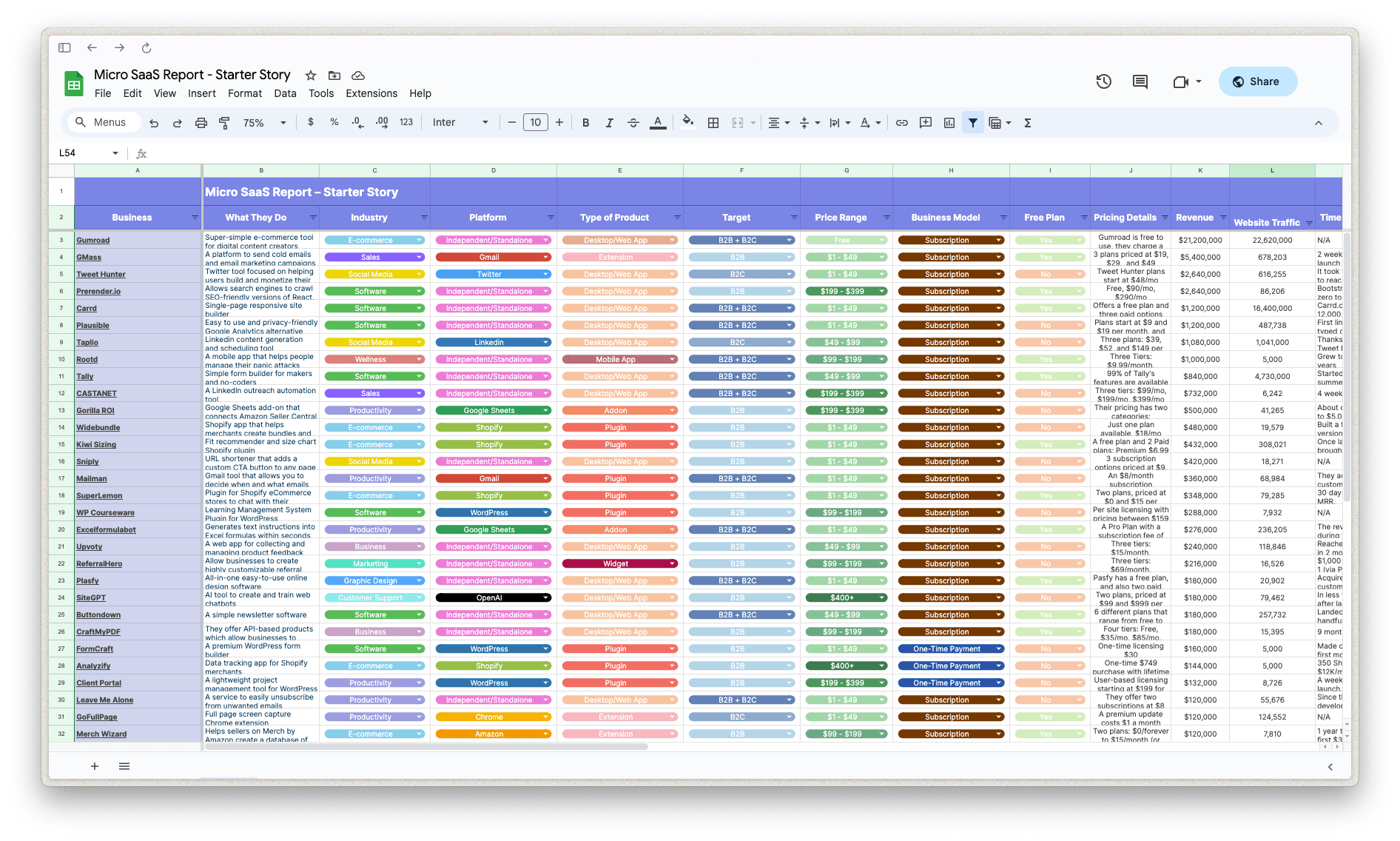
Download the report and join our email newsletter packed with business ideas and money-making opportunities, backed by real-life case studies.

Download the report and join our email newsletter packed with business ideas and money-making opportunities, backed by real-life case studies.

Download the report and join our email newsletter packed with business ideas and money-making opportunities, backed by real-life case studies.

Download the report and join our email newsletter packed with business ideas and money-making opportunities, backed by real-life case studies.

Download the report and join our email newsletter packed with business ideas and money-making opportunities, backed by real-life case studies.

Download the report and join our email newsletter packed with business ideas and money-making opportunities, backed by real-life case studies.

Download the report and join our email newsletter packed with business ideas and money-making opportunities, backed by real-life case studies.

Download the report and join our email newsletter packed with business ideas and money-making opportunities, backed by real-life case studies.
